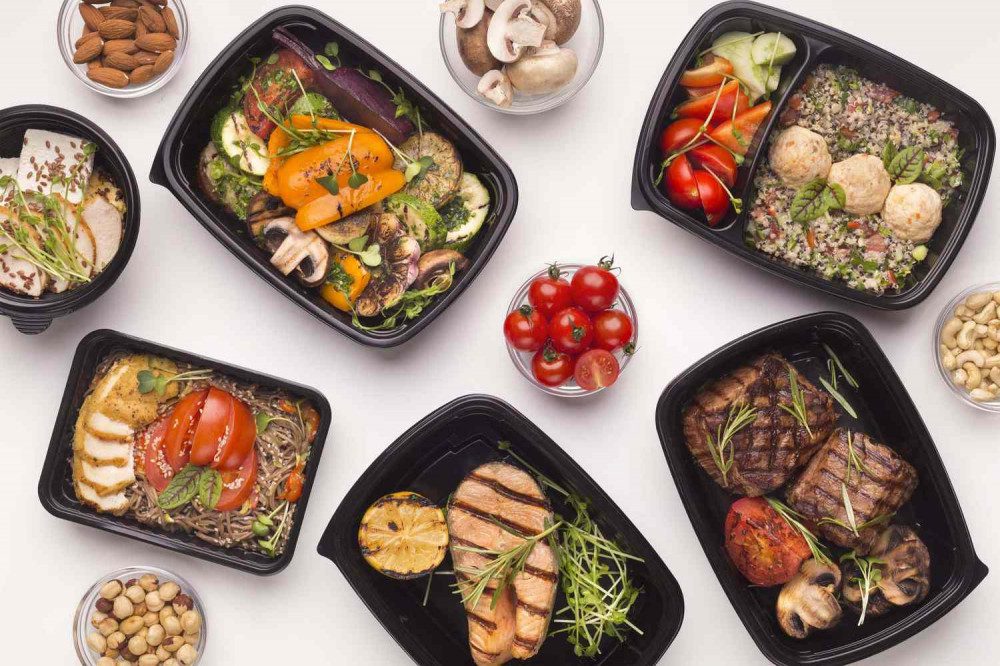A Tragic Reality: the Need for Charitable Food Delivery Organizations
According to the American Academy of Family Physicians’ research, there are around 3.7 million malnourished seniors in the United States. For many older adults, putting a delicious, nutritious meal on the table every day can prove very difficult. This was ample cause for me to create this post entitled “Charitable Food Delivery Organizations”.
A senior may have health or mobility issues that make going to the grocery store or spending time in the kitchen challenging. As a result, far too many elders go hungry and their bodies do not get the nutrients they require to survive. Rather than leaving them to suffer from poor nutrition and struggle in the kitchen, a food delivery service can make a significant and positive impact.
If you know of someone who suffers from food deprivation and malnutrition or would like to learn more, I have listed several charitable food delivery organizations below:
Meals on Wheels America
Meals on Wheels has been guided by a single goal since the first known U.S. delivery by a small group of Philadelphia citizens in 1954 – to support our senior neighbors to extend their independence and health
as they age. What started as a compassionate idea has grown into one of the largest and most effective social movements in America, currently supporting the network of programs to deliver 223 million meals to 2.4 million seniors each year nationwide in virtually every community in the country.
Meals on Wheels America is the oldest and largest national organization supporting the more than 5,000 community-based senior nutrition programs across the country that are dedicated to addressing senior hunger, malnutrition and isolation. This network, along with more than two million volunteers, delivers the nutritious meals, friendly visits and safety checks that enable America’s seniors to live nourished lives with independence and dignity. By providing funding, leadership, research, education and advocacy support, Meals on Wheels America empowers its local member programs to strengthen their communities, one senior at a time.
Feeding America
The Feeding America network reaches every county in the country. Our programs help provide meals to children, seniors, families, and survivors of natural disasters. Many programs provide seniors with free
meals or free groceries, helping to fight all too common malnutrition. Learn more about the senior food programs available at local food banks.
America Legion
There is a wide variety of healthy meal-delivery options that can help non-cooking seniors who live at home. Here are several top options.
- Community-Based Programs Start by checking if there is a senior home-delivery meal program available in your parent’s area. Meals on Wheels is the largest program most people are familiar with. Many communities offer senior meal-delivery programs sponsored by other
organizations. - To find services available in your parent’s area, do an online search or call the area aging agency near your parent. You may utilize the Eldercare Locator, a public service of the U.S. administration on Aging, at 800-677-1116 to get the local number.
- Check out local food banks..
National Council on Aging
The Home-Delivered Nutrition Program works with nationwide partners to get meals directly to those whose independence might otherwise be at risk. Are you a family caregiver? Learn how this federal program can support your efforts to nourish your loved ones while offering you some respite, too.
Another resource from the National Council on Aging is the The Supplemental Nutrition Assistance Program, or SNAP:
-
SNAP is the largest domestic hunger safety net program, helping low-income older adults achieve food security and fight malnutrition.
-
Close to three out of five seniors who qualify to receive SNAP are missing out on benefits—an estimated 5 million people in all.
-
For older adults with low income, the $1,416 in average annual benefits can mean the difference between having food and going without.
In 2020, more than 5 million older adults did not have reliable access to sufficient amounts of nutritious food.1 And due to the rising cost of living and inflation, the number of older adults facing poverty has become alarming.
According to the latest Census Bureau data, a million more older adults age 65+ fell into poverty last year, going from 8.9% to 10.3% in 2020—the highest it’s been since 2002.2 “The result is 1 million more older adults who rely on scarce resources to make ends meet,” said NCOA’s Ramsey Alwin. ““We have the resources to ensure that all people can live without the threat of deprivation, but we need the political will to use them.”
The Supplemental Nutrition Assistance Program (SNAP) is that lifeline for seniors who might otherwise face hunger, malnutrition, and the stress of not being able to put enough food on their table. Formerly known as food stamps, SNAP is a public food assistance program that helps individuals and families buy the food they need to maintain good health.

